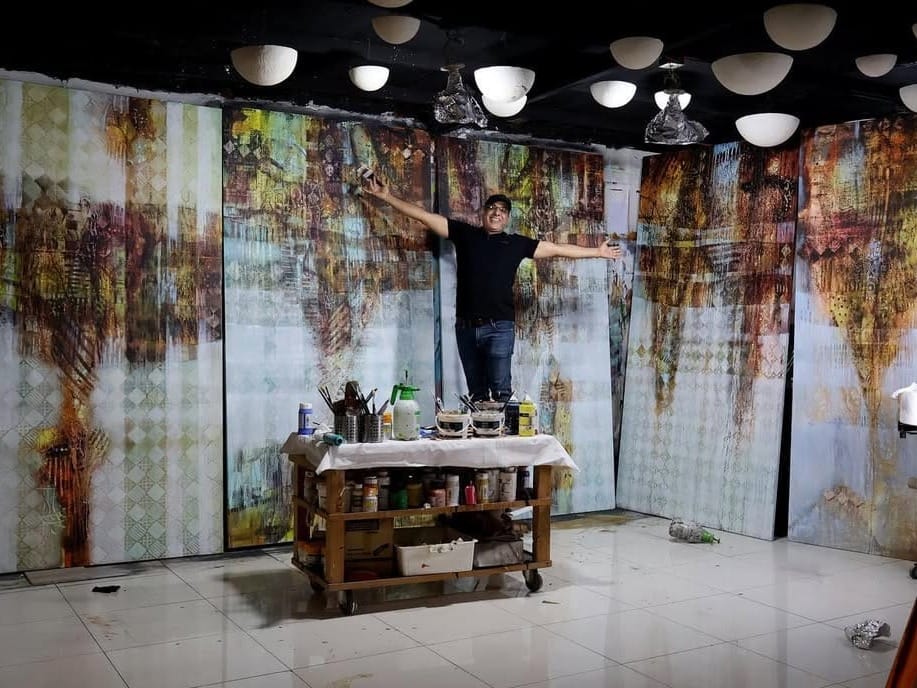
At the heart of Riyadh’s historic center, a new kind of light is shining underground. It isn’t from a streetlamp or the sun, but from a luminous sculpture that glows softly beneath the arches of Qasr Al-Hokm Metro Station. In this busy public space, Saudi artist Zaman Jassim has installed When the Moon Is Full: a poetic and powerful permanent piece that turns a place of movement into a space of reflection.

A Quiet Work in a Busy Place
Qasr Al-Hokm is one of Riyadh’s most important metro stops, located in a district known for its cultural and political history. The station, designed by Norwegian architecture firm Snøhetta, was built to blend modern urban life with the spirit of the old city. Its structure is elegant and minimal, a canvas waiting for meaning.
That meaning arrives in the form of Jassim’s sculpture. When the Moon Is Full is made from semi-circular shapes that rest within the station’s floor and wall design. Their curved forms resemble phases of the moon, yet they are abstract enough to leave room for the imagination. They are lit from within, casting a soft golden glow across the space.
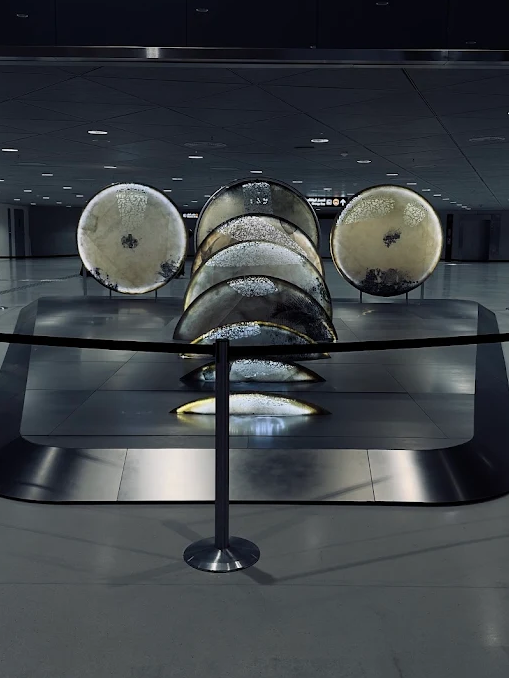


From an Idea to a Landmark
When the Moon Is Full didn’t start in a metro station. Jassim first explored this concept in 2008, when he created a smaller sculptural work with similar themes. At the time, the moon was a symbol of personal transition. A way to explore emotion through form. But now, years later, the moon has become public. It belongs to the city.
This shift from personal object to public sculpture reflects Jassim’s broader journey as an artist. He has always been drawn to rhythm: the rhythm of poetry, of prayer, of breath. His early paintings were filled with calligraphy, layered brushstrokes, and repeated marks. Over time, his work has moved from canvas to sculpture, from gallery to street. But the rhythm remains.
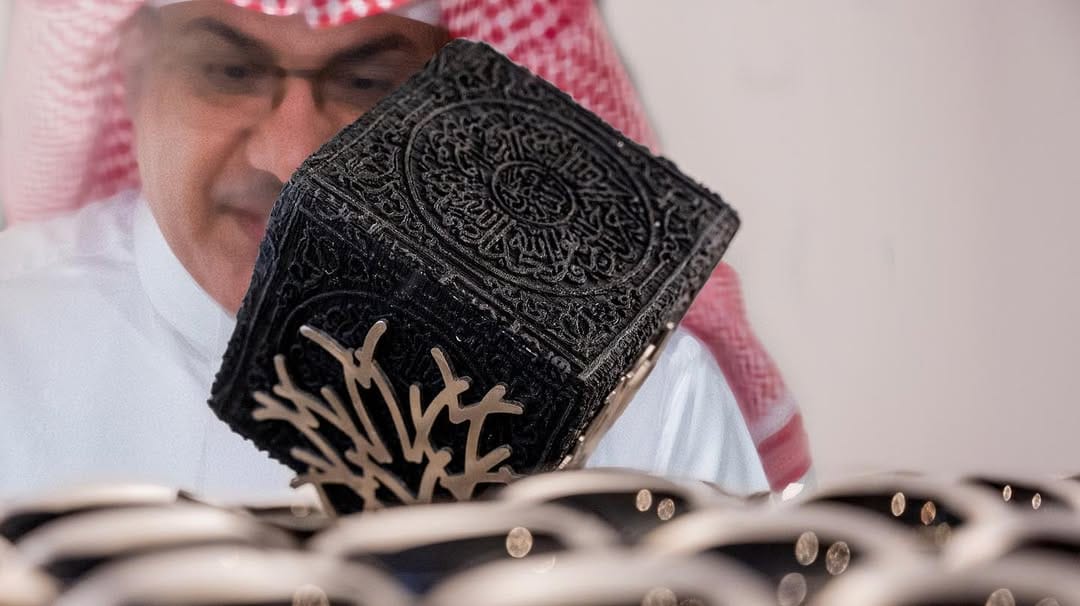
“We’re living a period of growth as artists in the Kingdom as we’re seeing an increasing importance placed on our industry.”
— Zaman Jassim
A Painter of Memory and Motion
Before his work appeared in public spaces, Zaman Jassim was known for his unique approach to painting. He often combined Arabic calligraphy with geometric abstraction, creating works that felt both spiritual and modern. His colors were earthy, ochre, deep red, warm gray, and his compositions felt like fragments of memory.
One of his most significant early pieces, Remnants of Memory (1998), is a clear example of this. The painting is full of layered symbols, faded texts, and brushwork that feels almost musical. This style became his signature. He wasn’t just painting images. He was painting feelings.

Global Recognition and Awards
As Jassim’s work grew in depth, it also grew in reach. In the 2000s, he began exhibiting internationally, showing in Paris, Cairo, Muscat, and London. His work spoke across cultures. Abstract enough to feel universal, yet rooted in the textures and rhythms of the Arab world.
His talent didn’t go unnoticed. He received several major awards, including:
- Golden Palm Prize (Kuwait, 2004)
- Saudi Airlines Prize (2001)
- Al-Kharafi Biennial Award (Kuwait, 2011)
These recognitions confirmed what many already knew: Jassim was a leading figure in Saudi Arabia’s growing contemporary art movement.
A Moment in the National Spotlight
In 2020, a surprising moment brought Jassim even greater national attention. One of his mixed-media paintings was spotted behind Crown Prince Mohammed bin Salman during a televised cabinet meeting. The work hung quietly behind him. A subtle presence, yet impossible to ignore.
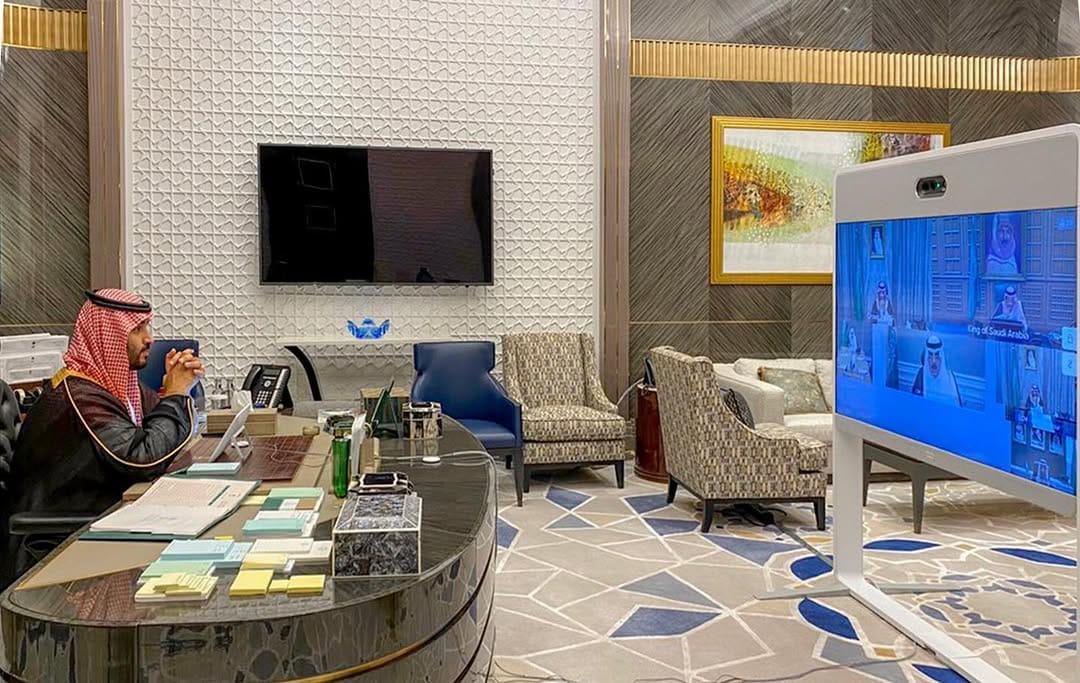
For many viewers, this was their first encounter with Jassim’s art. It was a moment of validation for a lifelong practice. A sign that art, even in the background, can shape a country’s image and imagination.
A Voice That Keeps Evolving
Even now, Jassim continues to explore new directions. In 2024, he participated in Art Groups in Dialogue, a major exhibition in Riyadh’s JAX District, where he revisited his early “Reflection Collection” first shown in Paris. In 2025, he joined Kuwait’s Spring Art Exhibition, reaffirming his place among the region’s most respected artists.
His work has been acquired by major collections, including:
These institutions see what his viewers have always seen: an artist who paints not just images, but feeling.
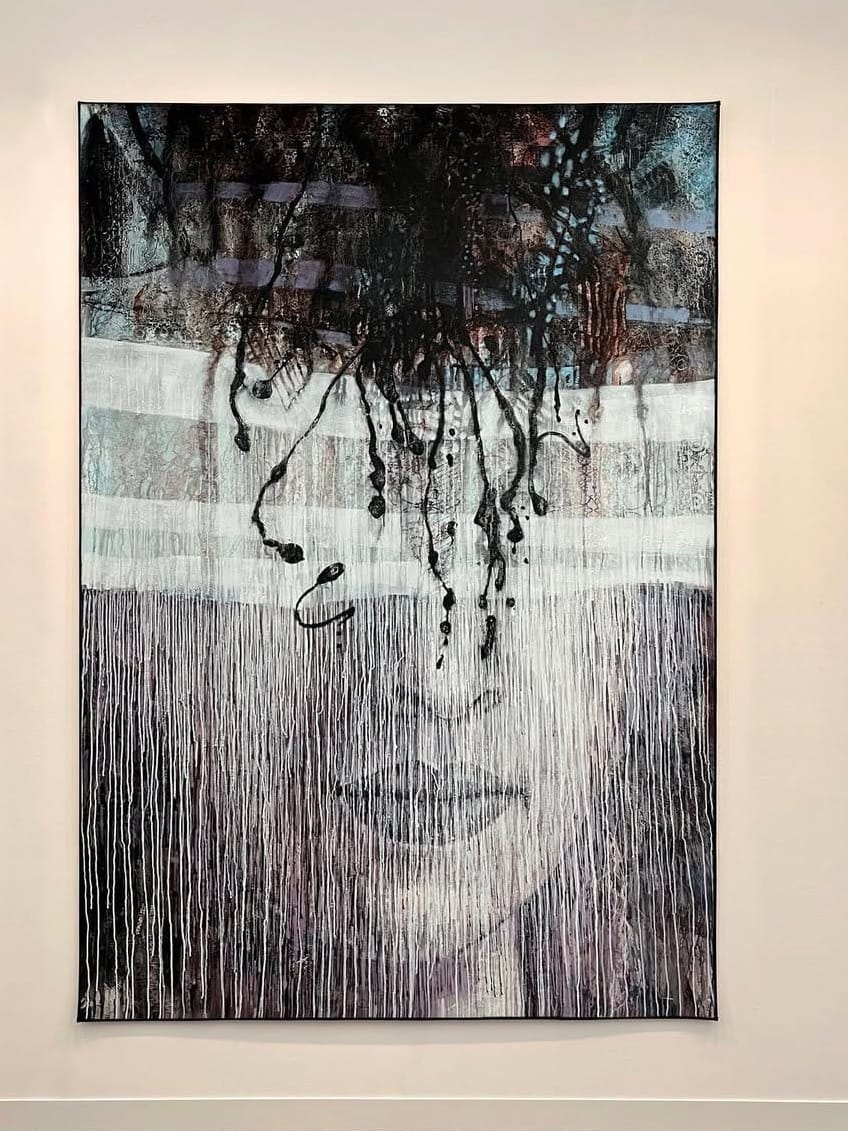
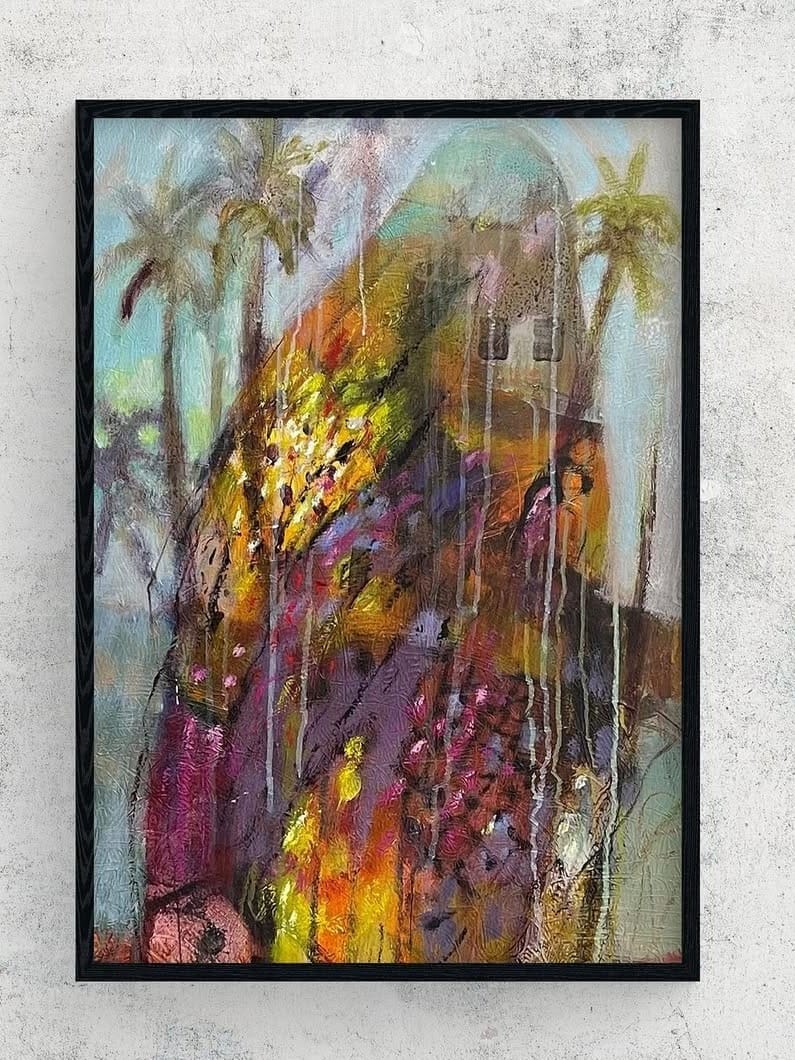
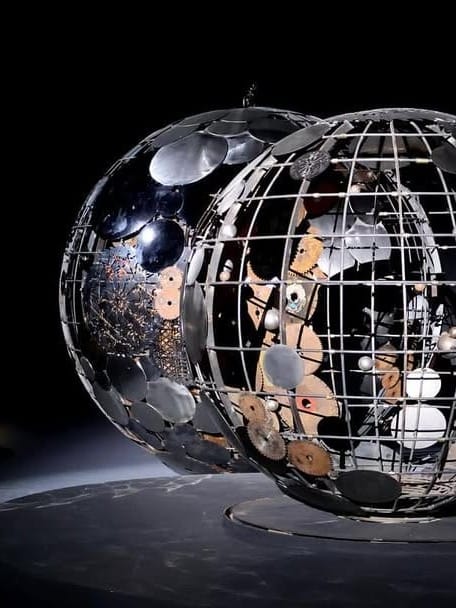
The Legacy in Light and Line
Zaman Jassim’s art doesn’t demand attention. It invites presence. Whether on canvas or in the street, his work carries a quiet rhythm that speaks across time: of memory layered like pigment, of language stripped to form, of movement slowed into meaning. Over decades, he has traced a distinctly Saudi visual language, one rooted in reflection, abstraction, and emotional depth.
In a culture shifting rapidly towards the future, Jassim’s practice reminds us to look inward, to look back, and to carry light forward.
Follow the Artist
Stay updated with Zaman Jassim’s latest works and exhibitions on X at @Zamanjassi

